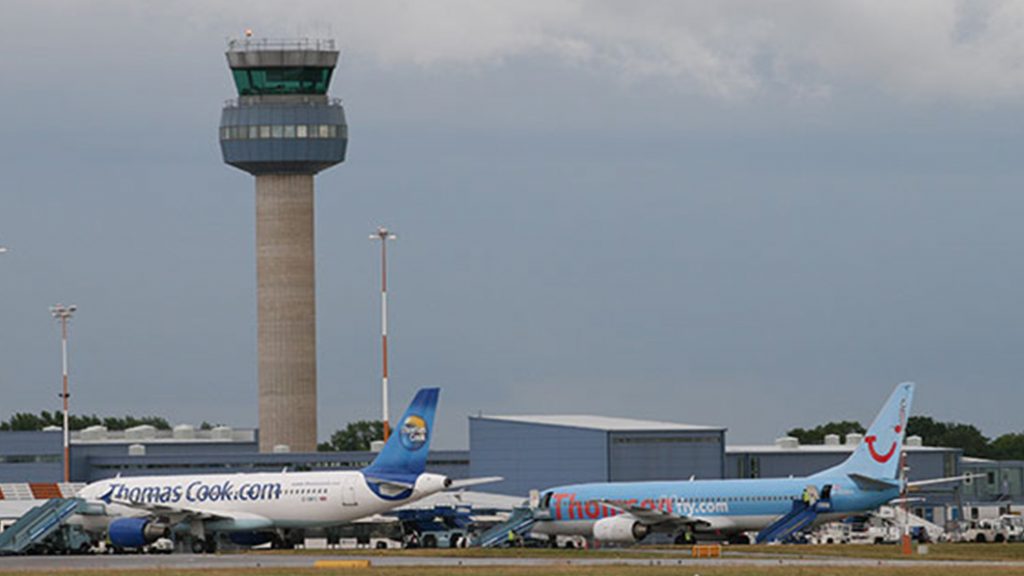East Midlands Airport – ILCMS upgrade – Kilo taxiway
East Midlands Airport – ILCMS upgrade – Kilo taxiway
A new facility, Hangar 29, has been developed at East Midlands Airport to support the growing demand for Maintenance, Repair and Overhaul (MRO) operations. The new hangar includes an adjacent workshop and storage areas, forming a fully integrated support hub for aircraft servicing. To enable aircraft access between the hangar and the airport’s main runway and taxiway network, a new section of taxiway designated Kilo Taxiway was constructed.
As part of the development, ATG airports were appointed to deliver a full turnkey solution. The scope of works included the installation of LED taxiway lighting, supporting cabling infrastructure, and associated systems. In parallel, the ATG engineering department was tasked with upgrading the airfield lighting control system to ensure the new services could be seamlessly operated from the Air Traffic Control Tower.
ILCMS Network Expansion and Control System Integration
The Individual Lamp Control and Monitoring System (ILCMS) installed at the airport, has been operating for many years, and currently monitors over 1,000 airfield lights. A separate wired communications network installed alongside the airfield ground lighting (AGL) cabling controls and monitors individual lights through a series of Smart switches. This dedicated network provides error-free communications to the Smart Switches as there is no interference from primary cabling noise and no signal degradation due to insulation resistance issues. The engineering solution for this project also had to take into consideration the expansion of this network when implementing changes to the control system, ensuring the new lighting applications required were controlled and monitored correctly.
The power for the airfield lighting circuits is provided by constant current regulators, and the requirement for this project was the addition of 4 new Micro200 CCR’s which would power Kilo taxiway and the newly installed stopbars. These CCR’s needed to be configured and integrated into the system architecture via the use of communications card within the equipment.
CCR Integration and Control System Configuration
The addition of CCR’s into the control system is achieved by configuring the database within the master PC. However, there was further functionality that was required to be developed for the stopbar and taxiway operations during different LVP operations. This requirement had to firstly be agreed by the airside operations team, and then the requirement was translated into software coding. The graphical display also had to be altered to reflect the new taxiway and stopbar positions, and also the newly built hangar. Once complete, a full confiormation of the system was completed within a simulation test facility at the ATG airports’ head office. The client was invited to confirm that the correct interpretation of the requirement had been implemented and that the layout of the control screens was acceptable.
Following the completion of the factory acceptance test, the new software was uploaded to the control system on site. Before passing control of the new services to the tower, a further test was conducted to ensure all the newly configured hardware and the recently installed airfield lighting operated as per the design brief.
A successful project was delivered, and ATG airports showed their expertise in airfield lighting control systems and also the versatility of the ATG ILCMS SmartControl in accommodating any airfield expansions.


